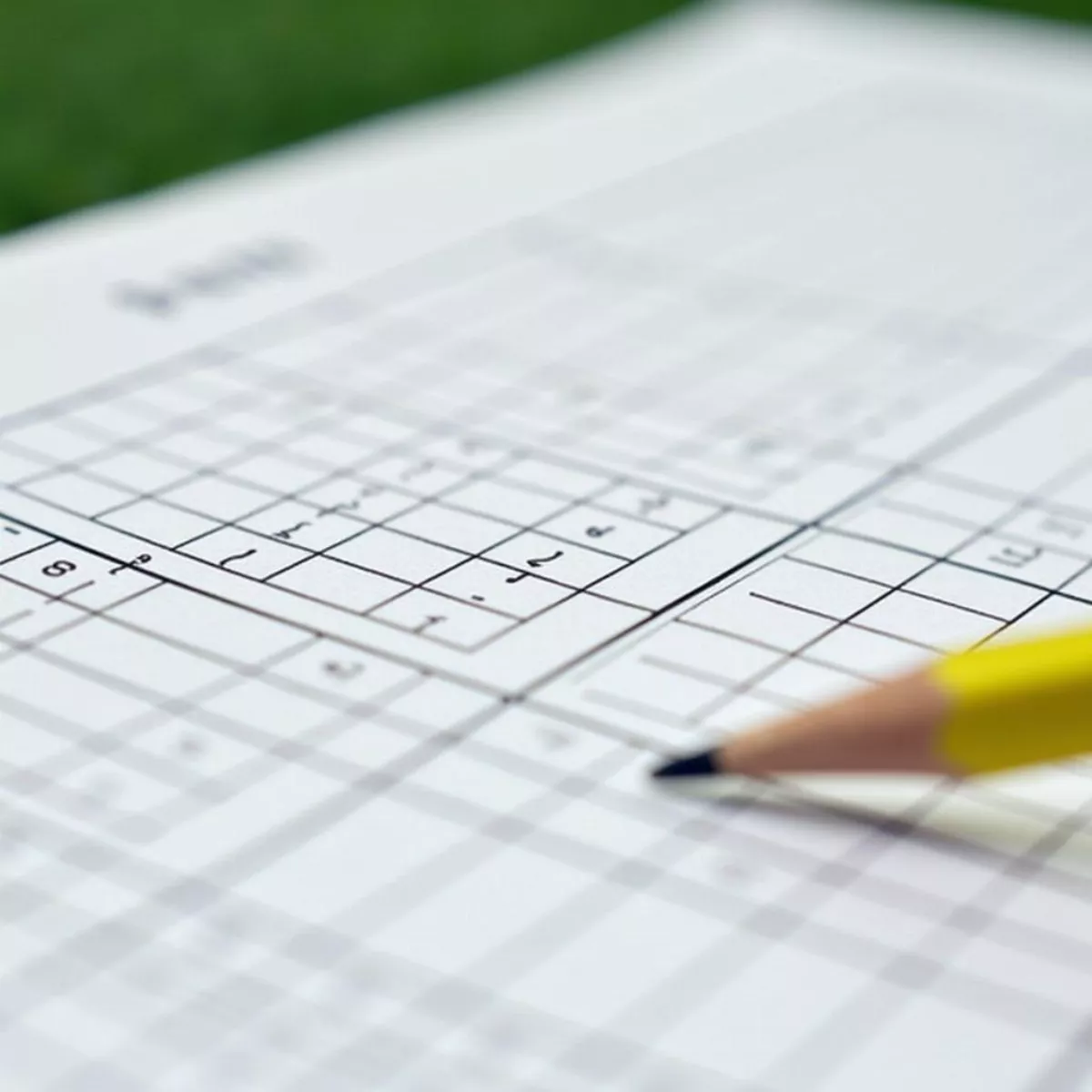Golf is a sport rich in tradition and intricacy, filled with its own vocabulary that can baffle newcomers and even seasoned players. “Up and down” is one term you may hear frequently on the course. But what does it really mean? In this guide, we will explore the concept of up and down in golf, its significance, and how you can use it to elevate your game. So, grab your clubs, and let’s dig in!
What Does “Up and Down” Mean in Golf?
In its simplest form, “up and down” refers to a variety of scenarios in golf that define getting the ball into the hole in two strokes, regardless of where you land. It typically comes into play when a golfer misses the green or faces a challenging situation just off the green.
- The first part of the term, “up,” refers to successfully hitting the ball from its current location (usually around the green) and getting it onto the putting surface.
- The second part, “down,” means completing the stroke to sink the putt.
The Importance of Up and Down
Understanding and mastering the up and down can significantly improve your score. It’s a fundamental aspect of short-game proficiency and reflects a golfer’s ability to recover from challenging situations. Here are a few key reasons why mastering this skill is vital:
- Scoring Improvement: Being adept at up and downs can save you strokes on your scorecard.
- Confidence Boost: Successfully executing up and downs increases your confidence when facing tricky shots.
- Strategic Play: Knowing when and how to attempt an up and down can allow for smarter strategic choices on the course.
Breakdown of the Up and Down Process
To execute an effective up and down, here’s a step-by-step breakdown:
- Survey the Situation:
- Assess the lie of your ball.
- Evaluate the distance to the hole.
- Consider the slope and speed of the green.
- Select Your Club:
- Typically, a pitching wedge, sand wedge, or even a lob wedge can be used for the chip shot.
- A putter is often used for the final stroke.
- Set Up for the Shot:
- Position your feet shoulder-width apart.
- Align the ball slightly back in your stance.
- Execute the Chip Shot:
- Keep your lower body stable while your arms and shoulders do the work.
- Strike the ball cleanly then follow through towards the target.
- Put for Birdie:
- After your chip, assess the green, line up your putt, and make the final stroke.
 Golfer chipping ball onto green
Golfer chipping ball onto green
Tips for Executing a Successful Up and Down
To enhance your chances of successfully executing an up and down, consider these practical tips:
- Practice Frequently: Regularly practice your chipping and putting skills to become more comfortable.
- Visualize: Before every shot, visualize the trajectory and landing of your ball.
- Stay Relaxed: Tension can lead to poor shots. Remember to breathe and keep a relaxed grip.
- Use Touch and Feel: Rely on your intuition for the right amount of force required for each shot.
Essential Statistics: The Up and Down Percentage
When it comes to golf statistics, the up and down percentage is critical. It reveals how often a player successfully makes up and down attempts. Here’s a simple table to give you a glimpse into what these statistics may look like:
| Player | Total Up and Downs Attempted | Successful Up and Downs | Up and Down Percentage (%) |
|---|---|---|---|
| Golfer A | 100 | 50 | 50% |
| Golfer B | 80 | 60 | 75% |
| Golfer C | 120 | 30 | 25% |
How to Track Your Up and Down Percentage
- Keep a Golf Journal: Record your scores and attempts at up and downs.
- Use Apps: Golf statistics apps can help track your performance over time.
- Review: Regularly review your performance to identify areas for improvement.
 Golf scorecard with pencil
Golf scorecard with pencil
Enhancing Your Short Game: Drills and Exercises
To better your chances of achieving up and down scenarios, practicing specific drills can be invaluable. Here are some drills you can work on:
- Chipping Ladder Drill:
- Set up five targets at increasing distances from the green.
- Aim for each target consecutively, adjusting your technique as needed.
- One-Ball Challenge:
- From various positions around the green, challenge yourself to hole out in one attempt.
- This drill simulates pressure situations you may experience in a game.
- Putt and Chip Game:
- Combine putting and chipping into a mini-game with friends to create a fun, competitive atmosphere.
Key Takeaways
- Understanding “up and down” is crucial for improving your scoring in golf.
- Mastering the short game can save strokes and instill confidence.
- Regular practice and strategic planning are key to becoming proficient in up and downs.
- Track your performance over time to identify improvement areas.
FAQ: Up and Down in Golf
Here are some frequently asked questions about up and down scenarios in golf:
- What is a good up and down percentage?
- A good up and down percentage typically ranges between 50% to 60%. Professional players often exceed this.
- Can you practice up and downs at the driving range?
- Yes! Many driving ranges have chipping and putting areas that simulate real on-course situations.
- What clubs are best for chipping around the green?
- Common clubs include pitching wedges, sand wedges, and lob wedges, depending on the height and distance you need.
- How can I improve my confidence with short game shots?
- Regular practice, setting realistic goals, and visualizing successful shots can help improve your confidence.
- What should I do when I miss the green?
- Assess the situation, select the appropriate club, and approach the chip or pitch shot calmly to attempt an up and down.
- Is “up and down” only for short game shots?
- While it primarily refers to short game scenarios around the green, the principles of recovery can be applied throughout the course.
- How does the up and down affect my overall game strategy?
- Knowing your strengths and weaknesses in up and downs could influence shot selection and course management.
- Should I aim for the center of the green when chipping?
- Aiming for the center of the green gives you a larger margin for error, especially if you are unsure of your short game.
- How do professionals practice up and downs?
- Professionals often simulate tournament situations and practice under pressure, focusing on specific scenarios they’re likely to face.
- What mindset should I have when attempting an up and down?
- Maintain a positive attitude, stay relaxed, and treat each attempt as a valuable learning experience.
 Golfer putting on the green
Golfer putting on the green
By now, you should have a comprehensive understanding of what up and down means in golf, why it’s important, and how you can improve your skills in this essential aspect of the game. Remember to make practice a habit, keep a positive mindset, and enjoy the process. Happy golfing!

